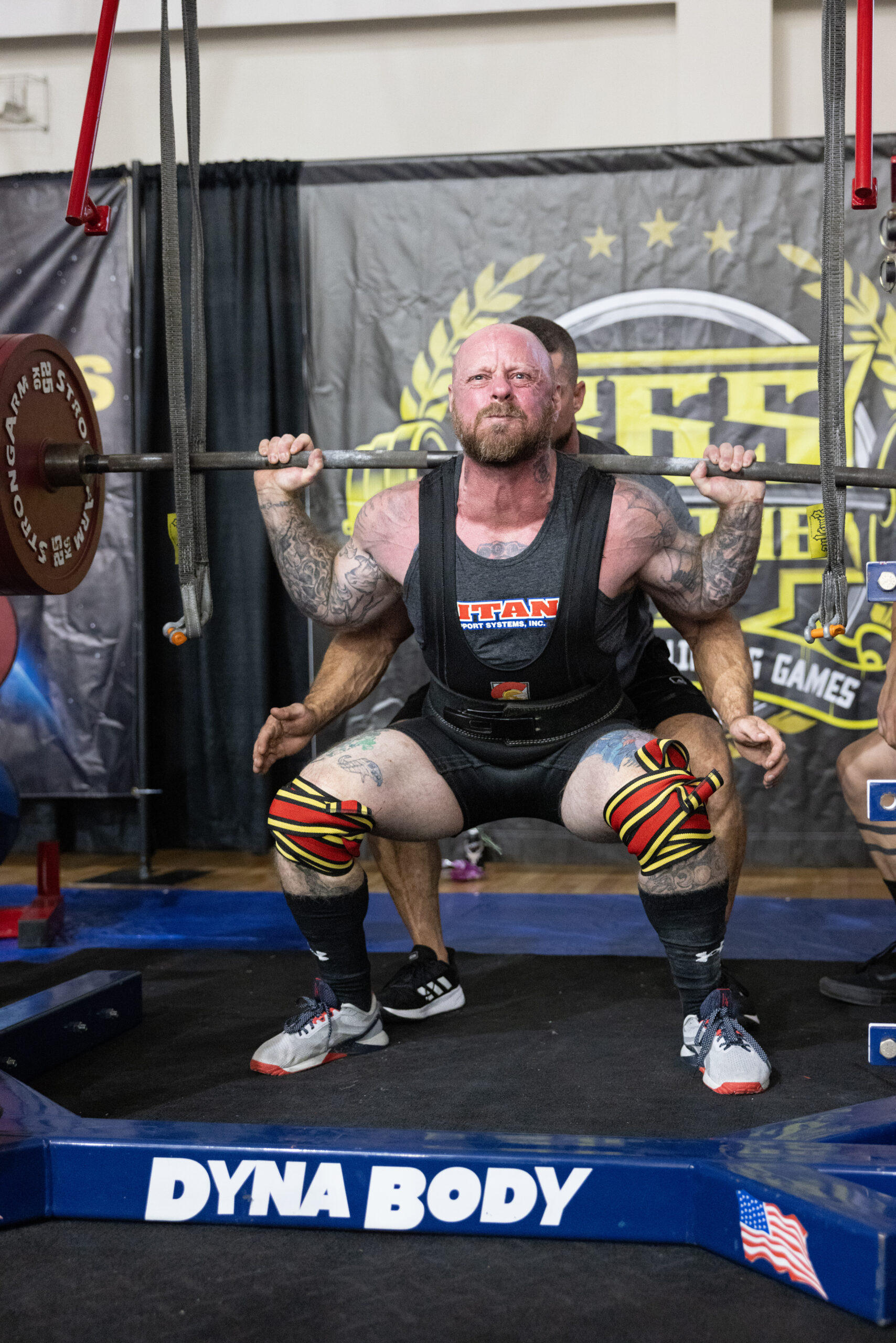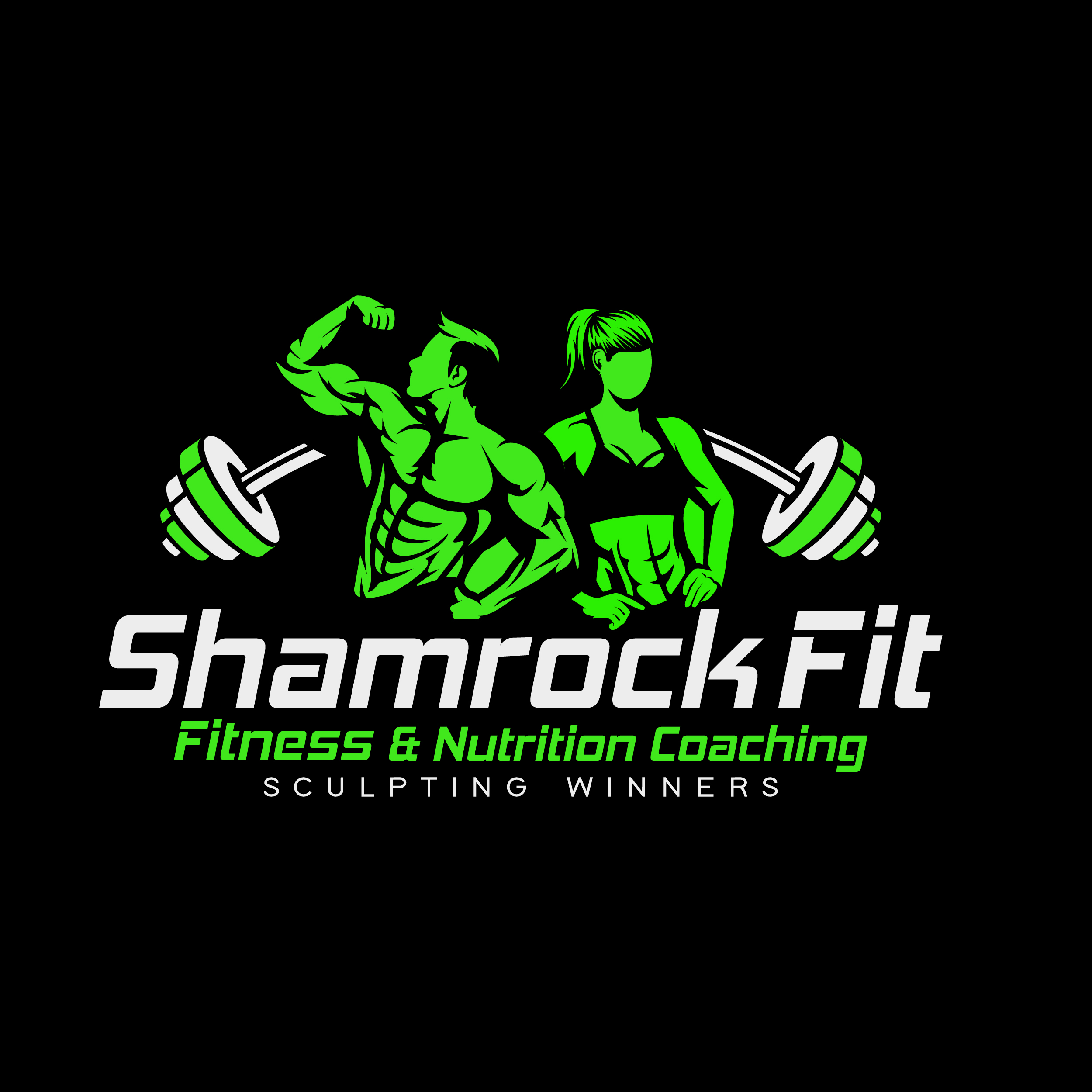Mastering Your Lifting Technique: A No-Nonsense Guide
The best way to improve your technique is by working with a coach who has not only excelled at the sport but has also successfully coached athletes to do the same. But if that’s not an option for you, then buckle up—you’ve got a journey ahead. Mastering technique isn’t just about lifting heavy; it’s about lifting smart. It starts with learning the fundamental mechanics of each lift and then applying them to your own body. Every lifter has unique leverages, so what works for one person might not work for you. Your job is to find what does.
Start with the Basics: Foot Position and Stance
When I start working with a client, the first thing we dial in is foot placement. Your stance should allow you to create tension while also achieving full range of motion. This will differ from person to person, so expect some trial and error.
For the squat, play with stance width and toe angle until you can comfortably sit at the bottom with good balance. Video yourself from multiple angles to see what works best. A good rule of thumb is that your stance should allow you to get tight, stay upright, and hit depth without feeling like you’re about to tip over.
For the conventional deadlift, start with a stance that allows you to perform an explosive vertical jump. That’s usually a good indicator of where your feet should be. Again, tweak as necessary to find your strongest pulling position.
Dial in Your Head Position
Head position directly affects spinal alignment. Looking up often leads to excessive spinal extension, while looking down can cause too much flexion—neither of which are ideal. A simple cue I use is: “Look the judge in the eye.” This keeps your head neutral and your spine in a strong position. Video yourself from the side to see how your spine reacts to different head positions and adjust accordingly.
Timing and Bar Path: The Key to Efficiency
Once your stance and head position are locked in, the next step is making sure your lifts move efficiently. For both the squat and deadlift, your hips and shoulders should rise together. If they don’t, something is off. Go back to your video:
Does your stance need tweaking?
Is the bar staying over your midfoot?
In the squat, are you thinking of the lift as a leg-only movement? (If so, try the cue “traps through the bar” to keep upper body engagement.)
One of the most effective ways to troubleshoot these issues is to compare your videos week to week. If your lift felt great one week and off the next, check the footage—what changed? This habit alone can fast-track your progress.
Repetition: The Mother of Skill
Lifting is a skill, and like any skill, it takes reps to refine. Every rep should be executed with intention, no matter how light the weight. If your bracing is inconsistent, wear your belt on every warm-up set. Use those warm-up sets to rehearse your cues. By the time you hit your working weights, your technique should be second nature.
One major mistake lifters make is waiting until the weight is heavy to focus on form. By then, your fight-or-flight lizard brain kicks in, and your body defaults to whatever pattern it’s most familiar with good or bad. That’s why high-volume, low-intensity work is crucial for skill-building.
Programming for Technique Development
Here’s how I structure my own training to reinforce proper mechanics:
Squat
3x per week
1 heavy day (higher intensity, lower volume)
2 lighter days (~60% of max) for technique refinement
For depth issues, I’ll include long pauses at the bottom or use a soft-touch box slightly below my target depth.
Bench Press
3x per week
1 heavy day
1 light day focused on technique and lots of singles
1 day targeting weaknesses (e.g., close-grip, long pauses, or board presses)
Deadlift
1 heavy day per week, working up to heavy doubles or triples
1 volume day every other week, increasing sets (e.g., 10×2 instead of 4×2 or 3×3) to reinforce technique without grinding out reps
Unlike squat and bench, deadlifts are too taxing to train at high volume multiple times a week, so smart programming is key.
Perfect Reps > Max Effort Reps
It’s not just about volume; it’s about quality volume. Your body remembers the last rep you did. If that last rep was sloppy, that’s what you’re teaching yourself to default to next time. On skill-focused days, stay away from failure. The moment you start breaking form, stop.
Good reps build good habits. Bad reps ingrain bad ones.
Final Thoughts: Strength is a Skill
No matter how long you’ve been lifting, technique is always a work in progress. The best lifters in the world still fine-tune their form, analyze their bar path, and tweak their setups. If you want to move big weights efficiently and safely, you need to treat strength like the skill it is. That means:
Filming your lifts and analyzing them
Practicing your cues on every single rep
Using volume intelligently to build skill
Focusing on perfect reps over max-effort grinders
If you stay disciplined and put in the work, your technique will improve, your numbers will climb, and you’ll become the kind of lifter who doesn’t just move weight—but moves it with precision and power.
Chuck Walton
Strength coach

